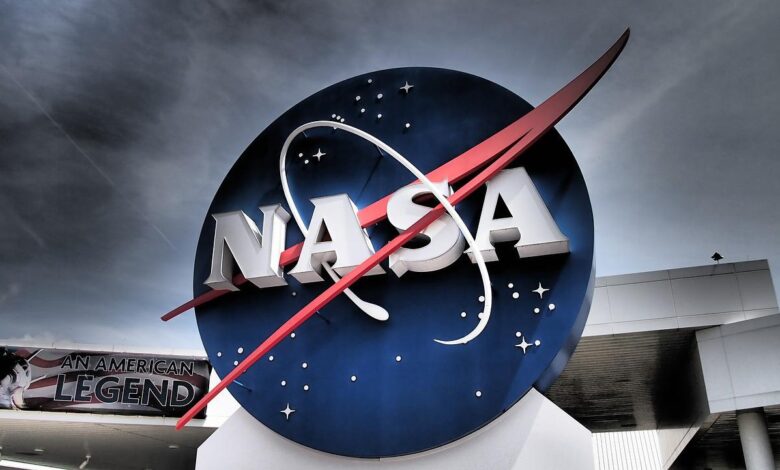A NASA satellite breaks out of Earth’s orbit and heads for the moon.

WELLINGTON — On Monday, a satellite about the size of a microwave oven was able to break free from its orbit around Earth and is now on its way to the moon. This is the latest step in NASA’s plan to send people back to the moon.
The Capstone satellite has already been on a strange trip. It was sent up in one of Rocket Lab’s small Electron rockets from New Zealand’s Mahia Peninsula six days ago. Since the satellite doesn’t use much energy, it will take another four months for it to reach the moon.
Peter Beck, who started Rocket Lab, told The Associated Press that it was hard for him to explain how excited he was.
“It might take a while for it to sink in.” “It’s a project that has taken us two to two and a half years to finish and is just very, very hard to do, “he said. “So to see it all come together tonight and that spacecraft on its way to the moon is just absolutely epic.”
Beck said that the mission’s low cost—NASA put it at $32.7 million—meant that space exploration was entering a new era.
Beck said, “You can now buy a rocket and a spaceship for tens of millions of dollars that can take you to the moon, to asteroids, to Venus, and to Mars.” “It’s a crazy power that has never been seen before.”
If the rest of the mission goes well, the Capstone satellite will be the first to go into a new orbit around the moon called a near-rectilinear halo orbit. This orbit looks like a stretched-out egg, with one end close to the moon and the other end far away.
As part of its Artemis programme, NASA wants to build a space station called Gateway that will be in the orbital path. From there, astronauts will be able to land on the moon’s surface.
Beck said that the new orbit is better because it uses less fuel and keeps the satellite or space station in touch with Earth all the time.
When the Electron rocket took off from New Zealand on June 28, it was carrying a second spacecraft called Photon. After nine minutes, Photon went its own way. Photon carried the satellite for six days, and every so often, the spacecraft’s engines fired to move the satellite’s orbit farther away from Earth.
On Monday, when the last engine burst, Photon was freed from the pull of Earth’s gravity and sent on its way. Now, the plan is for the 25-kilogram (55-pound) satellite to go far past the moon before falling back into the new lunar orbit on November 13. The satellite will use a very small amount of fuel to make a few planned changes to its path.
Beck said that they would decide what to do with Photon over the next few days. Photon had done its job and still had a little bit of fuel in its tank.
Beck said, “We can actually use it to do a number of really cool missions.”
NASA worked with two private companies on the mission: Rocket Lab, which is based in California, and Advanced Space, which owns and runs the Capstone satellite and is based in Colorado.





